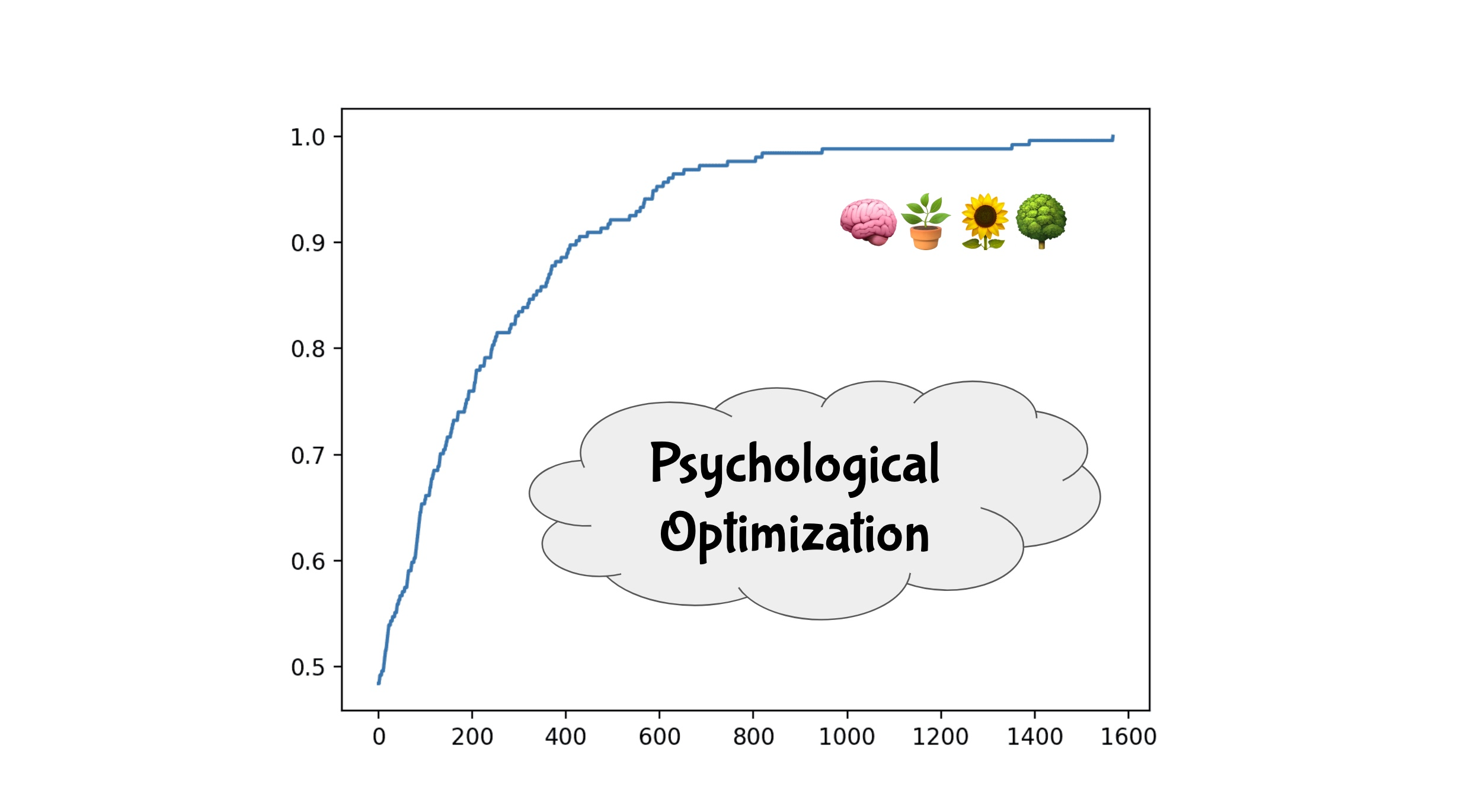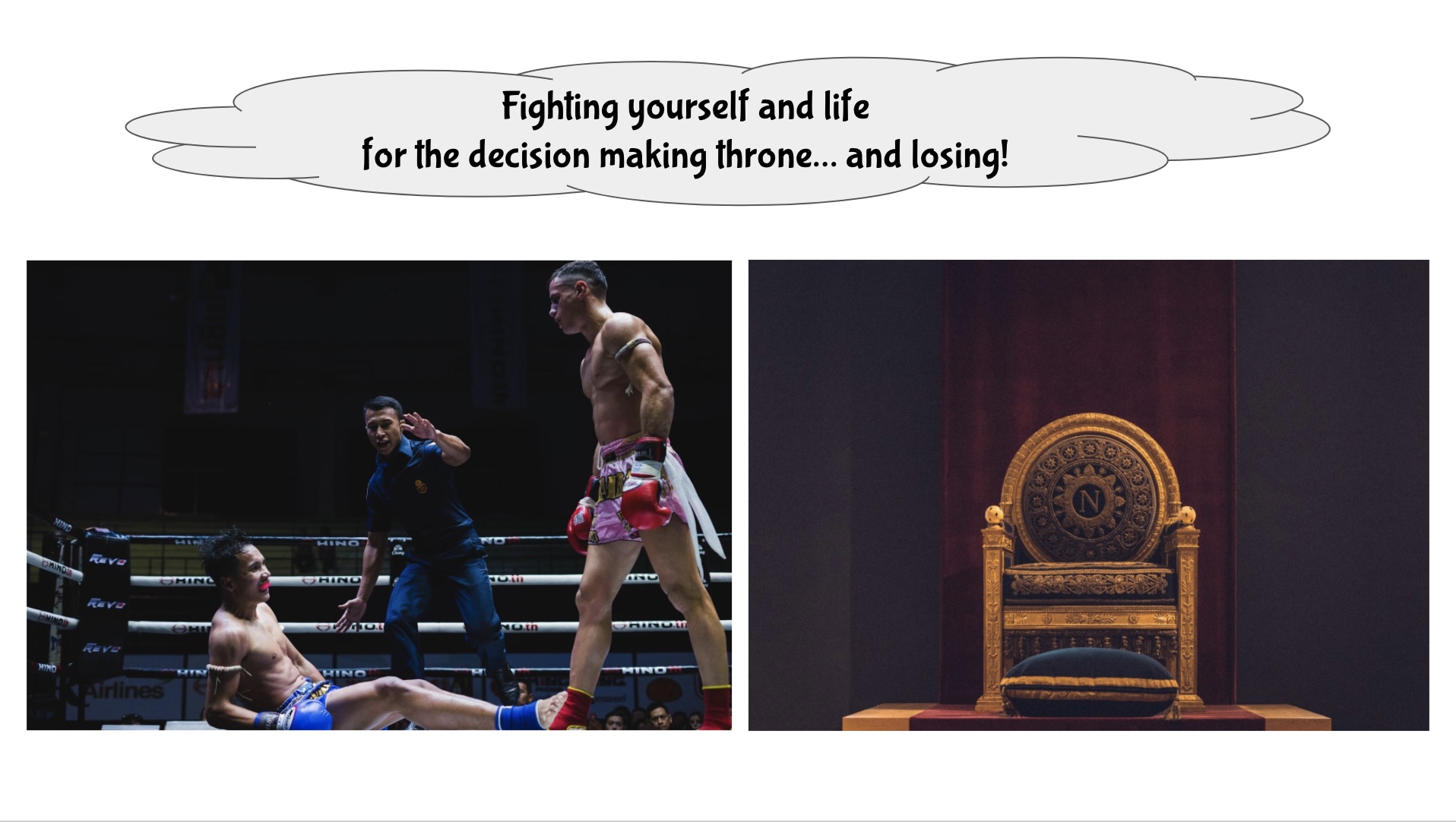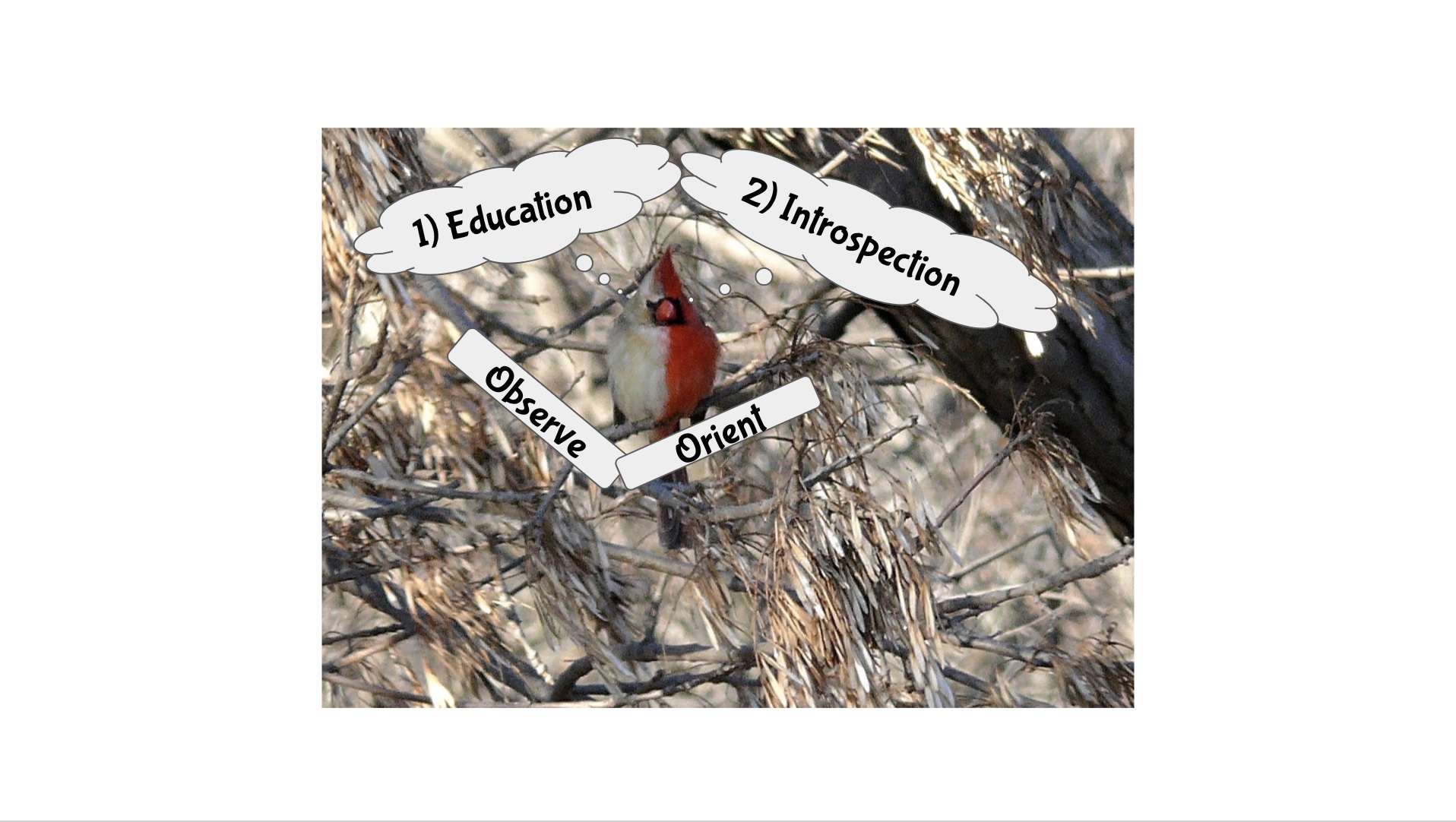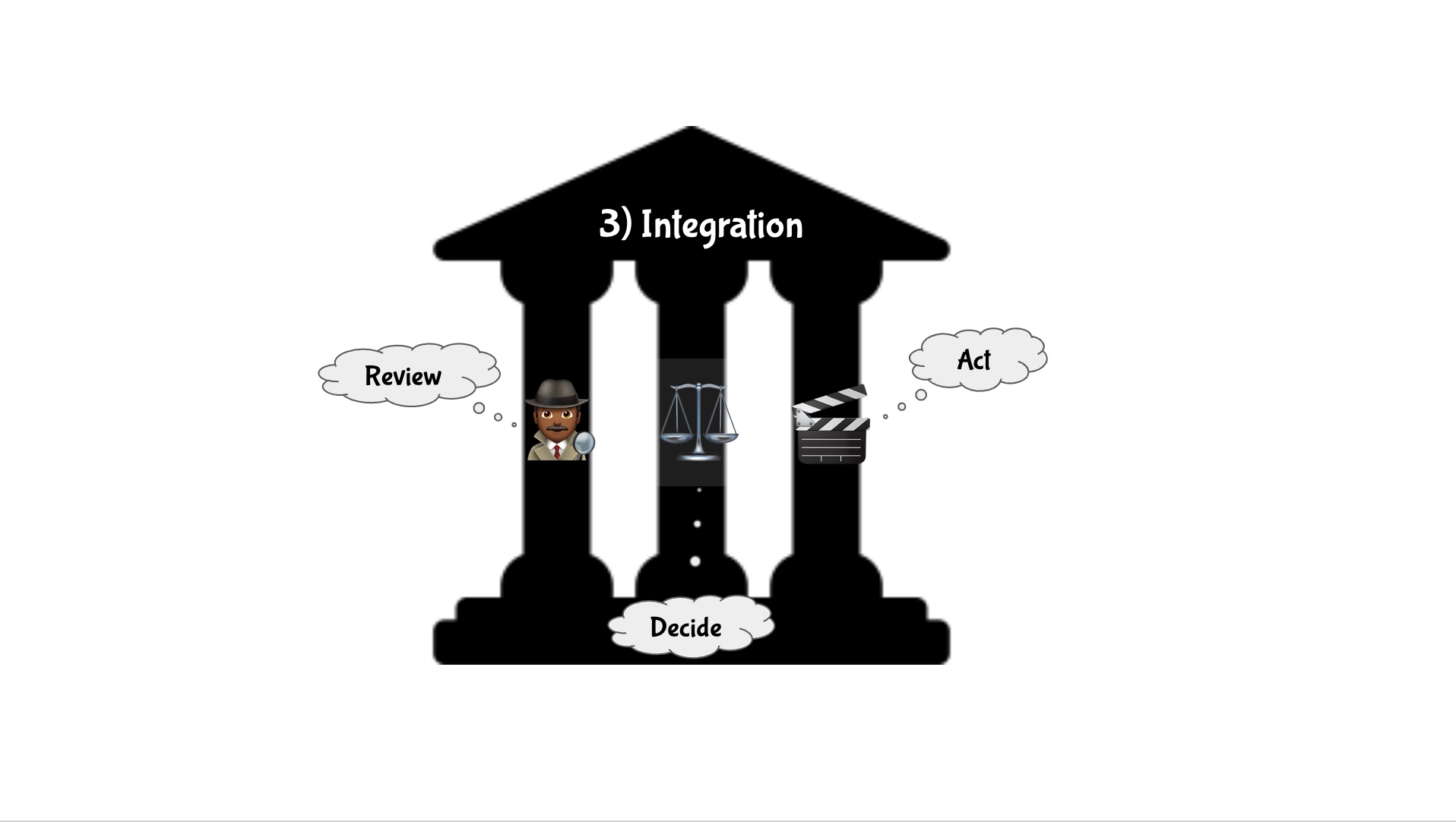Psychological Optimization
A process description of therapeutic healing and coaching.
Psychological optimization:
On therapeutic healing and coaching
Dear Young Tim,
Despite my regular dispatch of messages, I doubt that I will be successful in sparing you from all calamity. Accordingly, this message is about what to do when disaster strikes. It’s about how to pick yourself up and how to put yourself back together.
I call this process ‘Psychological Optimization.’ I.e., a hill climbing effort to improve your psychological functioning.

One might say such bettering is what goes on in therapy. This post IS about therapeutic healing. One could also say such bettering is what goes on with coaching. This post IS about coaching too, though there are differences between coaching and therapy: differences which we’ll save to discuss at a later time.
This post is about the similarities and, more specifically, about the general process–the overall process, in fact.
The motivating situation is one where you feel yourself in desperate straights. Something bad has gone on, and now, your decision making capabilities have been compromised. It’s as if you are fighting yourself and life for control of the decision making throne, and you are losing.

So, to reverse this state of affairs and reach new heights, the overall process is to follow these three steps:
- first, educate us about the problem and about what others have found out about it,
- second, look within yourself–introspect– and learn about this problem in your life, in particular.
- three, integrate all of your learnings from your external and internal worlds and use them to repair and rehabilitate your executive function— your ability to function in general.
In general, this process maps closely to other decision making frameworks that are well-known and well-regarded. If you think of Gary Klein’s recognition-primed decision making framework, this matches closely to it.
You first develop expertise (that is, you educate yourself), then you make an informed judgement about this particular situation (which involves judging yourself, i.e. introspecting). Finally, you take action (which involves integrating your learnings/judgements).
The psychological optimization process is also related to John Boyd’s OODA loop.
In the OODA loop, you first observe and then you orient.
In our process, we observe and orient twice.
 We observe and orient towards the external world–that is, we educate ourselves.
Then, we observe and orient the internal world–that is, we introspect.
We observe and orient towards the external world–that is, we educate ourselves.
Then, we observe and orient the internal world–that is, we introspect.
Finally, we make a decision and we act.
 That is, we integrate the learnings into our lives.
That is, we integrate the learnings into our lives.
Now, in order to pick yourself back up, there will likely be multiple areas we need to perform psychological optimization in. At minimum, we’ll need to address the following three areas.
- dealing with specific traumatic events
- dealing with general emotional dysregulation
- dealing with underlying executive functioning issues
In each of these three areas, we’ll need to repeat the process of: educating ourselves, introspecting, reviewing what we’ve learned, and then integrating our learnings into our lives. We’re going to do that process for each area, and then we’ll likely be in a far better state than when we started.

We’ll likely be in a far better state.
I hope that helps! For more details, see this presentation of mine. It contains more direction one can cite, and the appendix contains references, from which I took knowledge and inspiration.
Take care, and good luck.